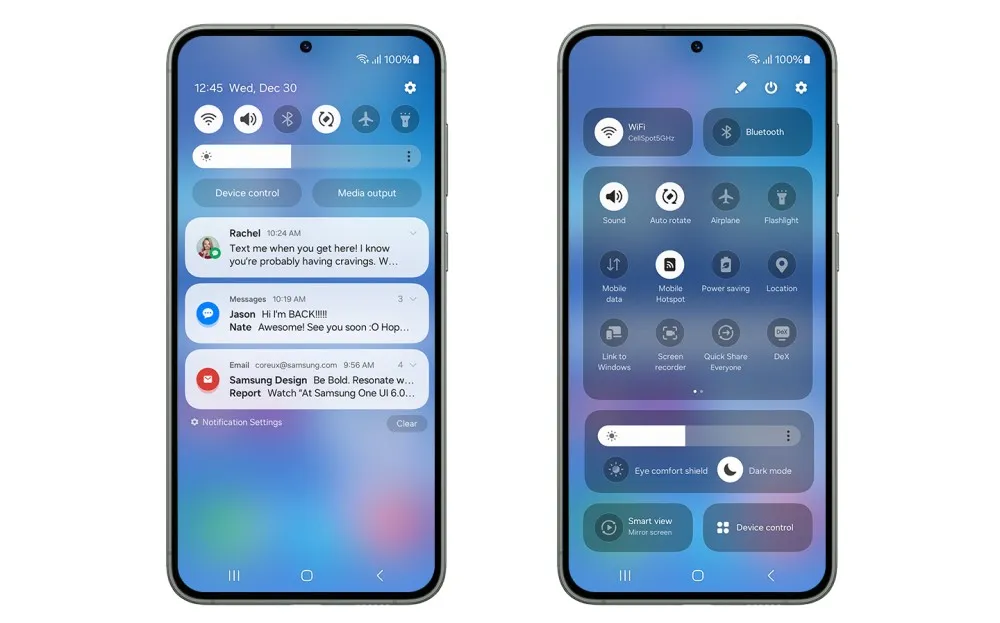Yamaha's First Concept Vehicle Powered by Hydrogen
Yamaha has recently made a significant move into the world of alternative energy vehicles with the introduction of its first concept vehicle powered by hydrogen, the Drive H2. This marks Yamaha's ongoing efforts to explore sustainable fuel options, a journey that began a couple of years ago.
The Drive H2: A Modified Version of Yamaha's Existing Golf Car
The unveiling of the Drive H2 took place at the 2024 PGA Show in Florida. This vehicle is actually a modified version of Yamaha's existing Drive2 Concierge 4 personal golf car, which has been equipped with two hydrogen tanks. Each tank has a capacity of 25 liters, with one positioned at the back of the car and the other situated under the driver's seat.
Yamaha's Journey Towards Hydrogen Innovation
Yamaha's path towards this innovative concept began in January 2022 when they announced a partnership with Kawasaki to develop hydrogen engines. This was followed by a collaboration with Toyota on a 5-liter V8 hydrogen engine. In mid-2023, Yamaha's president, Yoshihiro Hidaka, reaffirmed the company's commitment to hydrogen as a fuel source.
Overcoming Challenges: The Need for Infrastructure
While the adoption of hydrogen technology in vehicles holds great promise, it is not without its challenges. One of the main obstacles is the need for a supportive infrastructure, much like what electric vehicles face. The availability of hydrogen refueling stations is crucial for the widespread use of these vehicles.
Potential Expansion in the Motorcycle Segment
While Yamaha has focused on a hydrogen-powered golf car for its venture into hydrogen technology, there is still potential for expansion in the motorcycle segment. Currently, Kawasaki and Suzuki have been the frontrunners in developing hydrogen-powered motorcycles. Given Yamaha's history and their embrace of new technologies, it is possible that further developments in this area could be on the horizon.



